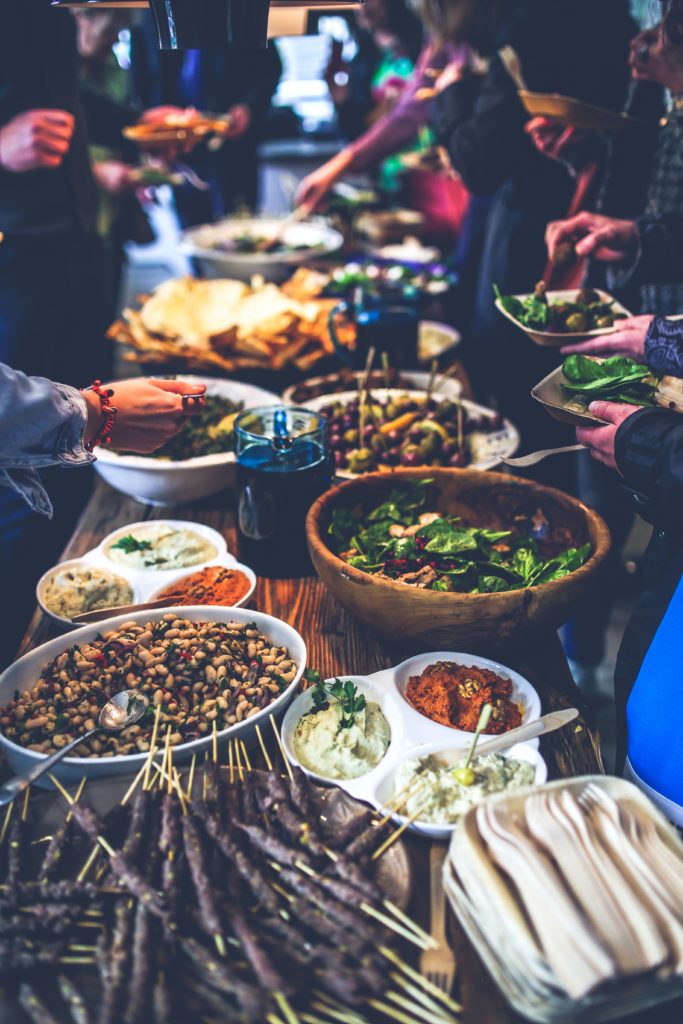
When food is consumed, the nutrient from the food is saturated with acidic fluids and enzymes located in the stomach. When the acidic fluids and enzymes break down or digests the food, the food turns into sugars and starches called carbohydrates which enters the liver and skeletal muscles, and is created into a hormone called glycogen. Glycogen, the primary carbohydrate (or glucose polysaccharide), a hormone that is stored in the liver and skeletal muscles, is then broken down into glucose by a biochemical pathway process called glycogenolysis. (Glucose is also stored in the form of starch in plants.) The small intestines and stomach absorb the glucose by a metabolic process, and is delivered into the bloodstream. Once in the bloodstream, insulin, a hormone, moves glucose from the blood to the cells providing immediate energy to the cells and regulates the glucose levels in the blood. In other words, food’s relationship to the body is to provide nutrients to our bodies which gives instructions about how it is to function. In this sense, food can be compared to a source of transmitting data, a collection of instructions carried by substance affecting the body’s complex operation.
